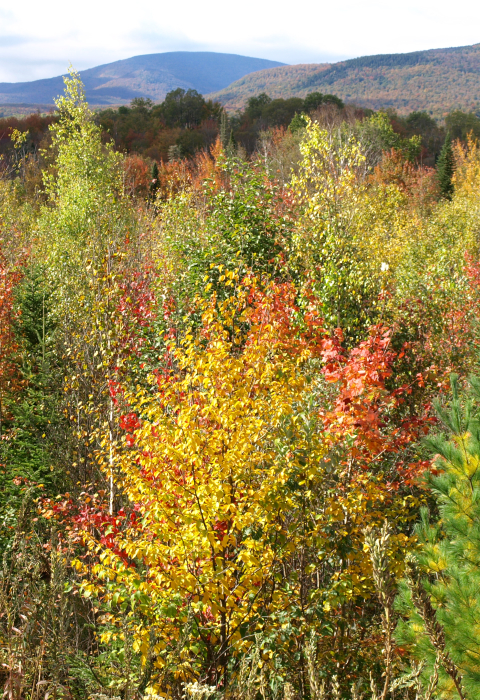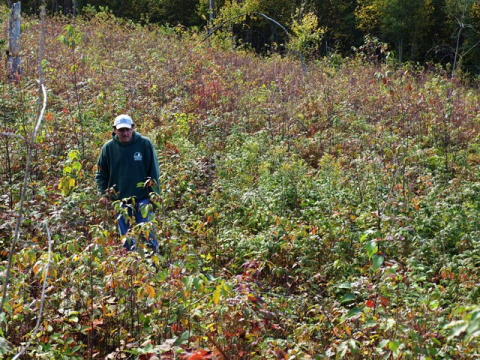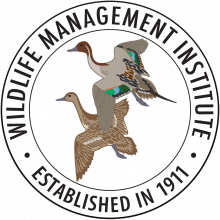State Forest Project
In 26,000-acre Groton State Forest, conservationists carry out timber harvests on a renewable, ever-growing stock of hardwood and softwood trees. Logging provides jobs and yields wood products that boost local and regional economies. And the young forest that regrows on the harvested areas nourishes wildlife.
A Healthy Forest has Variety
“Variety is the foundation of a healthy forest,” say stewardship forester Lou Bushey with Vermont’s Department of Forests, Parks and Recreation, “At Groton, one of our goals is to protect and enhance native biodiversity. We promote a variety of types and ages of trees used by a broad range of wildlife, and we meet this goal through forestry practices that pay their own way.”
Different tracts are designated as management areas for American woodcock (382 acres), snowshoe hare (185 acres), and ruffed grouse. (223 acres). The majority of the forest is kept in a more-mature state, providing habitat for animals that need older woods.
Strip and Patch Cuts
In the Woodcock Management Area, timber harvests have given rise to 267 acres of young forest, helping not only woodcock but also white-tailed deer, black bear, wild turkeys, and songbirds.
Foresters began making strip cuts and patch cuts in 1984. Many of the cuts have grown back as dense stands of paper and yellow birch, sugar and red maple, aspen, and black cherry, where woodcock nest and raise their young.
Around 267 acres of the Woodcock Management Area are currently classed as young forest, with additional timber harvests scheduled to create more such habitat over the next 50 years.
Ground-Roosting Woodcock
Workers periodically mow vegetation in a 4-acre gravel pit area to maintain an opening where woodcock can roost on the ground at night during late summer, before they leave the area and migrate south.
The Ruffed Grouse Management Area is 223 acres, and the Snowshoe Hare Management Area is 185 acres. The grouse management unit has been treated four times in the past 30 years, yielding trees of four distinct size classes. Timber harvests are planned for both of these areas in the next 10 years.
More than 75,000 visitors come to Groton each year to camp, hike, hunt, and watch wildlife. They also learn about forest management through brochures, programs, and signs, like this display panel posted at an overlook. Says Bushey, “We consider it a great opportunity to educate people on how to improve our valuable forests through the use of careful, science-based management.”
How to Visit
To reach the Woodcock Management Area, start at the Groton Nature Center, 44 Stillwater Rd., Groton, VT. Go east on Boulder Beach Rd. toward the Boulder Beach Day Use area approximately 0.25 mile. On the right will be a sign for Log Pile Lane. Directly across from Log Pile Lane on the opposite side of Boulder Beach Road is an unmarked forest access road. Follow that road approximately 1.25 miles to the woodcock roosting area adjacent to a gravel pit, where there is parking.
The access road is closed and impassable during the spring mud season and in winter. Vehicles can reach the woodcock roosting area during summer and fall when the road is dry.



